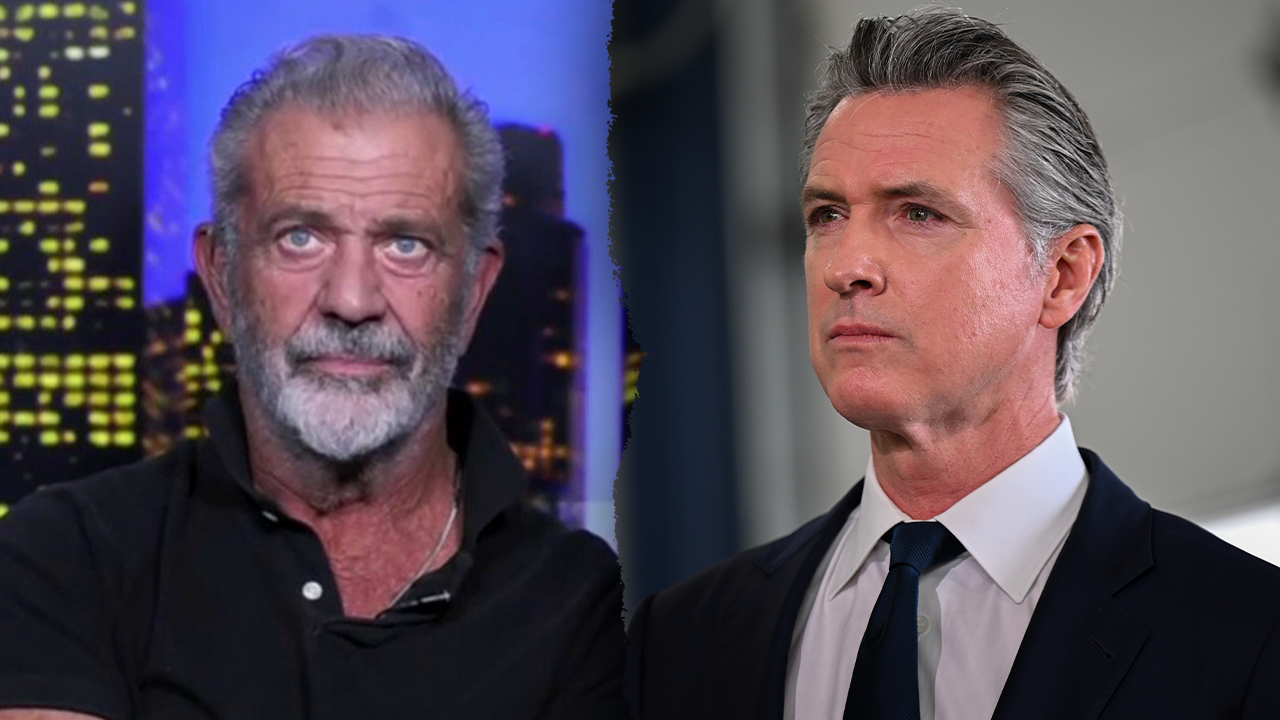The irony has not been lost on executives in League One and Two, who have spent the last few months anxiously comparing notes about rumours of a shock Championship breakaway.
‘They’ve been threatening to leave and now they’re the ones who could be left in limbo,’ was how one club chairman described it to Sportsmail on Friday. ‘It would be funny if it wasn’t such a mess for all of us.’
The threat of the Championship breaking away from the rest of the EFL has been the elephant in the virtual rooms in which the 72 clubs have gathered during Covid-19.
The coronavirus pandemic may see a shock Championship breakaway from the rest of the EFL
These disparate businesses from fallen giants like Nottingham Forest, to newcomers such as Harrogate, have one thing in common – protecting their own interests. And so suspicion is endemic.
Even as they assembled for a crisis briefing from the EFL on Wednesday the paranoia at some clubs was palpable.
‘The Championship are up to something,’ as one League Two executive put it. Many in the Championship are indeed keen to break away and form their own competition that is more closely aligned to the Premier League, eager to cast off smaller clubs they see as a drain on their resources.
Clubs eager to protect their own interests across the EFL have held suspicions over the exit
Talk of a PL2 comes around regularly, but Covid-19 could provide the reckoning that leads to a seismic split.
Under EFL rules any club seeking to leave has to give notice by December 31, with their departure kicking in on June 30 the next year. But, for the moment, the rebels are wisely biding their time.
The last threat came two years ago when a group of 15 clubs led by Leeds, Aston Villa and Derby were beaten by the EFL Board, who persuaded the rest to vote for a new £595million TV deal with Sky which, over the last few months, has been the only thing keeping them in business.
That dispute centred on the big Championship clubs feeling their TV rights are undervalued, and that they are forced to give too much to smaller clubs whose matches are rarely broadcast.
The bigger Championship clubs feel that they are forced to give too much to smaller clubs
Just £18m of the £119m annual rights fee paid to the EFL is distributed based on appearances so the bigger Championship clubs feel hard done by.
Championship clubs receive just £2.95m per season compared to £900,000 and £615,000 given to League One and Two clubs whose matches are barely broadcast, but other issues have emerged during the pandemic to fuel breakaway talk. A governance structure that needs a 51 per cent majority from the 72 clubs to implement change is an irritation to the Championship, whose wishes can be blocked by the bottom two divisions.
During lockdown there was a divergence between decisions taken by the Championship and the lower tiers on a variety of issues such as Covid-19 testing, curtailment and salary caps. This has led to a feeling that they should go their separate ways, or at least that Championship clubs should be given greater powers of autonomy.
There is also frustration in the Championship at the EFL leadership during the crisis.
EFL chairman Rick Parry is largely exempt from criticism but clubs are frustrated at the body
While chairman Rick Parry is largely exempt from criticism many clubs feel that the EFL could have taken a tougher line with the Government on the return of fans and help from the Treasury in the form of VAT cuts and PAYE holidays.
As reported by Sportsmail there is also unhappiness over the composition of the EFL Board, particularly the fact that Derby chief executive Stephen Pearce is a director despite his club’s disciplinary charges.
The previous Championship revolt came to a head quickly two years ago but this time the rebels will play a long game, although they will be ready to act if there are bankruptcies in League One or Two.
With three-and-a-half years left on the Sky deal any attempt to leave the EFL would put the clubs in breach of the contract and jeopardise their income, so the plan is to wait until such a point as a significant number of clubs in the bottom two divisions are unable to pay their players and/or fulfil fixtures.
Any attempt to leave the EFL may see clubs in breach of the contract concerning the Sky deal
A repeat of last season’s League One and Two curtailment would play into the Championship clubs’ hands, giving them the pretext to resign on mass from the EFL and negotiate their own TV deal.
EFL sources claim that many clubs will struggle to pay their players for October without outside funding so the next three weeks are pivotal.
A Premier League bailout for the bottom two divisions would remove this Championship exit strategy at a stroke however and the Premier League have made it clear that they have no interest in a PL2, due to their disdain at the financial mismanagement of many Championship clubs and a hostility towards sharing any more of their own £9bn TV contracts.
A Premier League bailout for the bottom two leagues may remove any proposed breakaway
As well as squeezing the Championship, the Premier League’s proposal would reduce pressure from Government and earn some kudos from the public.
A more focused bailout could also be relatively cheap, with League One and Two gate receipts amounting to around £6m-a-month including season tickets, some of which could be recouped if fans return later in the season.
For a few hundred thousand pounds each a month, top-flight clubs could effectively save the sport, and heap pressure on the Championship to back them. Not for the first time the Championship appear to be victims of a brilliant powerplay from above.







